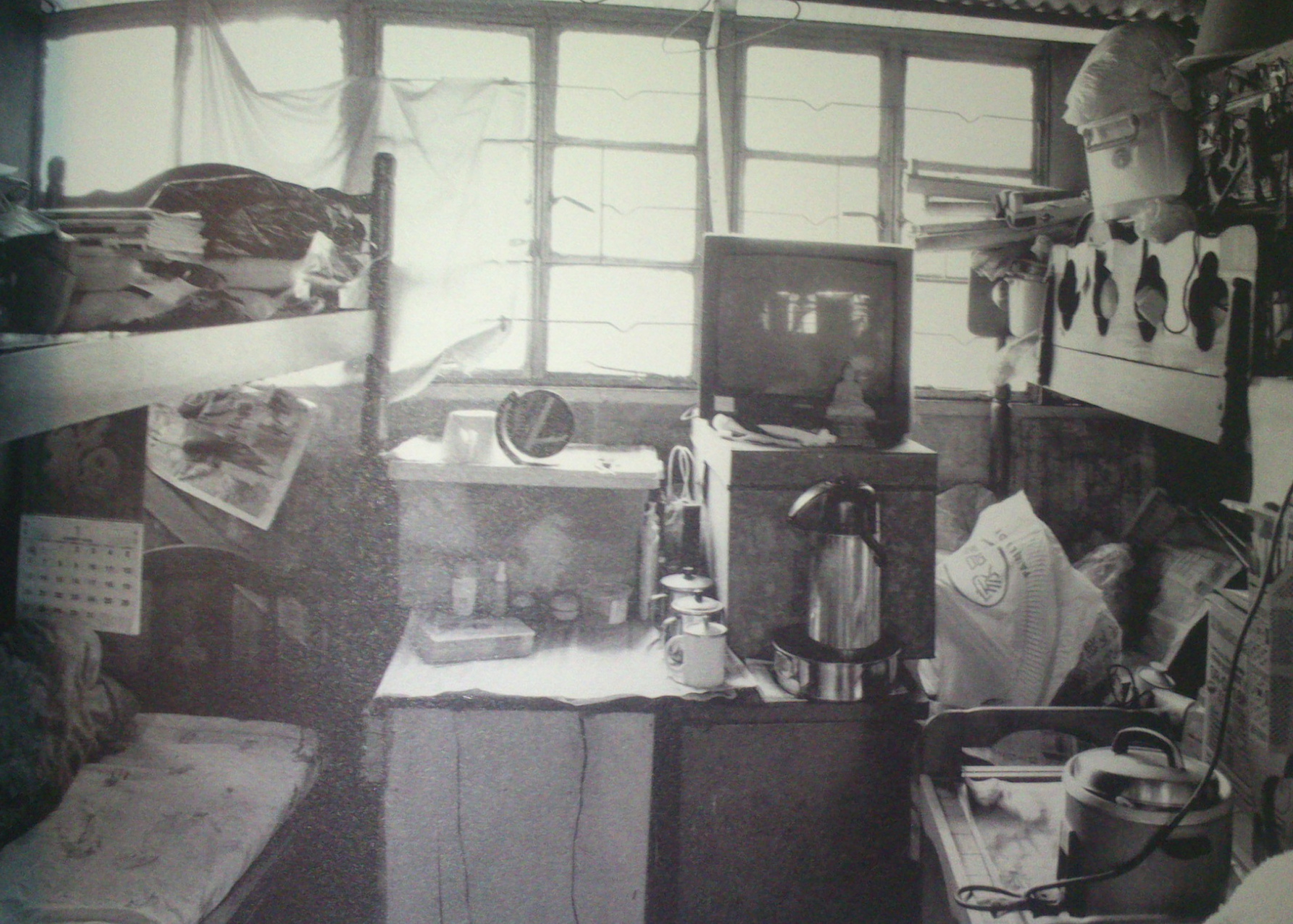NEW PLAN
“The Problem”:
- What are the psychological, socio-cultural, political and economic effects of high-density living conditions in Hong Kong? Particularly in relation to the phenomena of the “cage house”.
- How has this problem been addressed historically?
- What might be problematic about this historical development?
- What is commendable about the historical solutions?
- E.g. Intergenerational occupation of the dwellings
How we have addressed this problem:
Logistics…
- Reconstructing a life sized “cage house”
- With walls made out of its contents, forming a visible, porous cube
- i.e. The walls will not be packed so tightly with materials that the viewer cannot see through them
- Within the confines of these partially transparent walls will be a few items of furniture representing some typical belongings of families who live in such houses
Concept…
Main idea = To reflect on the problem of limited space as a perceived limitation rather than an actual limitation.
- A depiction of the limited space that many Hong Kong people live within
- Evidence of a family of four being the occupants of the space
- Drawing attention to both the consequences of high-density urban living for many of Hong Kong’s inhabitants, as well as the ingenuity of those who adapt to living within such spaces.
- By removing the surface of the walls surrounding the home, and allowing the stacked possessions to be seen, the viewer is given an alternate perspective of the cage house.
- Feelings of claustrophobia might be evoked by the amount of items packed into the wall cavity
- A sense of the process of negotiating limited space with others might be obtained by observing the remnants of human occupation found within the house (e.g. a table with 4 bowls and chopsticks left on it, an unmade bunk bed with 4 pillows etc.)
- Drawing attention to the propensity of Hong Kong residents to hem themselves in with their possessions – it is an interesting choice to live in such small spaces as opposed to developing more of the available space in the outer regions of Hong Kong.
- The nature of the items themselves may also lead the viewer to draw conclusions about the socioeconomic status, tastes, values, and traditions of the imagined occupants of such a space.
- A sense of the history of those who might have occupied the house previously might also be observable in the layers of materials cast into the fibres of the wall.
- The concept of voyeurism also becomes relevant as the viewer peers through the gaps in the walls and into the house. This subsequently draws attention to the viewer him/herself, and might provoke feelings of guilt and shame about being a passive observer of others’ disadvantage.
- For those viewers who presently live in similar dwellings, the house might represent an illustration of (and even a monument to) the typical home environment. It may also represent an attempt to empathise with the realities of life within this type of box.

